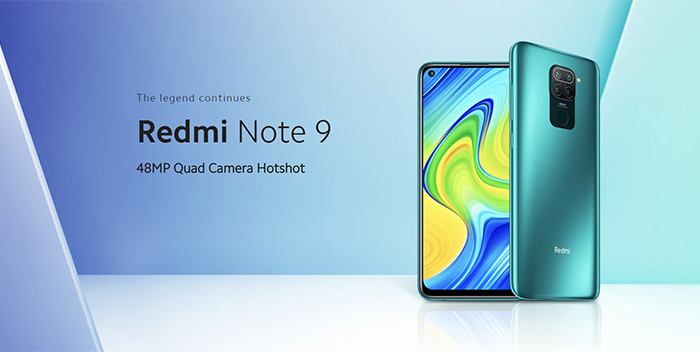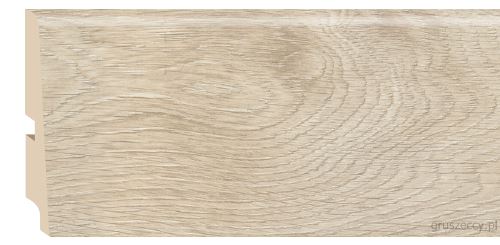We compared two 8-core processors: Mediatek Helio P60 (with Mali-G72 MP3 graphics) and MediaTek Helio G85 (Mali-G52 MP2). Here you will find the pros and cons of each chip, technical specs, and comprehensive tests in benchmarks, like AnTuTu and Geekbench.
The MediaTek Helio P60 brings together a deep and diverse mix of class-leading hardware. It combines the incredible power of four, big Arm Cortex-A73 processors among its octa-core CPU; a multi-core AI Processing Unit (Mobile APU) for efficient edge-AI processing; the latest Arm Mali-G72 GPU; 20:9 FullHD+ display support; and three power-optimized ISPs and other hardware-enhancements paired to.
- If the listing on the website is anything to go by, the Redmi 10X will include a 6.53-inch TFT-LCD display with Full-HD+ (1,080 x 2,340 pixels) resolution. The punch hole cut-out will house a 13MP selfie shooter while there will be a quad-camera s.
- MediaTek Helio P95 can support an impressive high-resolution camera of 64MP and superfast 480FPS framerates at 16MP. Take stunning images and videos with dual-camera arrays of up to 24+16MP along with fluid 30FPS bokeh live-previews which are faster and higher resolution than competitor alternatives.
- The Mediatek Helio G85 is a mainstream ARM SoC for smartphones (mainly Android based) that was introduced in 2020. It is manufactured in a 12 nm FinFET process and integrates 8 CPU cores.

- Performs 59% better in floating-point computations
- Announced 2-years and 2-months later
- Higher GPU frequency (~25%)
- Shows better (up to 14%) AnTuTu 8 score – 195K vs 171K

Benchmarks
Performance tests in popular benchmarksHelio P65 Vs Sd665
| CPU | 68803 | 74145 |
| GPU | 23779 | 34415 |
| Memory | 24831 | 42573 |
| UX | 32378 | 40577 |
| Total score | 171210 | 195524 |
Helio G85 Vs Snapdragon 720g
| Image compression | 77.3 Mpixels/s | - |
| Face detection | 11.2 images/s | - |
| Speech recognition | 17.1 words/s | - |
| Machine learning | 12.3 images/s | - |
| Camera shooting | 9.55 images/s | - |
| HTML 5 | 1.57 Mnodes/s | - |
| SQLite | 419.5 Krows/s | - |
| PUBG Mobile | - | 43 FPS [High] |
| Call of Duty: Mobile | - | 40 FPS [Medium] |
| Fortnite | - | 21 FPS [Low] |
| Shadowgun Legends | - | 49 FPS [Low] |
| World of Tanks Blitz | - | 51 FPS [Medium] |
| Mobile Legends: Bang Bang | - | 46 FPS [Ultra] |
| Device | - | Xiaomi Redmi Note 9 1080 x 2340 |
Specifications
Full list of technical specifications of Helio P60 and Helio G85| Architecture | 4x 2 GHz – Cortex-A73 4x 2 GHz – Cortex-A53 | 2x 2 GHz – Cortex-A75 6x 1.8 GHz – Cortex-A55 |
| Cores | 8 | 8 |
| Frequency | 2000 MHz | 2000 MHz |
| Instruction set | ARMv8-A | ARMv8-A |
| Process | 12 nanometers | 12 nanometers |
| TDP | 5 W | 5 W |
| GPU name | Mali-G72 MP3 | Mali-G52 MP2 |
| Architecture | Bifrost | Bifrost |
| GPU frequency | 800 MHz | 1000 MHz |
| Execution units | 3 | 2 |
| Shading units | 48 | 32 |
| FLOPS | 86 Gigaflops | 54 Gigaflops |
| Vulkan version | 1.1 | 1.0 |
| OpenCL version | 2.0 | 2.0 |
| DirectX version | 12 | 12 |
| Memory type | LPDDR4X | LPDDR4X |
| Memory frequency | 1800 MHz | 1800 MHz |
| Bus | 2x 32 Bit | 2x 16 Bit |
| Max bandwidth | - | 13.41 Gbit/s |
| Max size | 8 GB | 8 GB |
| Neural processor (NPU) | No | Neural Engine |
| Storage type | eMMC 5.1, UFS 2.1 | eMMC 5.1 |
| Max display resolution | 2340 x 1080 | 2520 x 1080 |
| Max camera resolution | 1x 32MP, 2x 24MP | 1x 48MP, 2x 16MP |
| Video capture | 4K at 30FPS | 2K at 30FPS |
| Video playback | 4K at 30FPS | 2K at 30FPS |
| Video codecs | H.264, H.265, VP8, VP9 | H.264, H.265, VP9 |
| Audio codecs | AIFF, CAF, MP3, MP4, WAV | AIFF, CAF, MP3, MP4, WAV |
| 4G support | LTE Cat. 7 | LTE Cat. 7 |
| 5G support | No | No |
| Download speed | Up to 300 Mbps | Up to 300 Mbps |
| Upload speed | Up to 150 Mbps | Up to 100 Mbps |
| Wi-Fi | 5 | 5 |
| Bluetooth | 4.2 | 5.0 |
| Navigation | GPS, GLONASS, Beidou, Galileo | GPS, GLONASS, Beidou, Galileo |
| Announced | February 2018 | April 2020 |
| Class | Mid range | Mid range |
| Model number | MT6771 | - |
| Official page | Mediatek Helio P60 official site | MediaTek Helio G85 official site |
Even though the Redmi Note 9S, Redmi Note 9 Pro and Redmi Note 9 Pro Max had already made their debut last month, it is only until today that the vanilla Redmi Note 9 make its official debut.

As expected, the vanilla model will feature a slightly toned-down specs which would be compensated with a more affordable price point.
Redmi Note 9 Specifications
First and foremost, the Redmi Note 9 has a 6.53-inches FHD+ IPS LCD display at the front which employs a hole-punched design to house its 13 megapixels selfie camera. The front panel will be shielded by a layer of Corning Gorilla Glass 5 that can protect it against accidental drops and scratches. Hp chipset helio g85.
On its rear, we will see a slight redesign which helps to differentiate it from its other siblings. This time round, there will be a fingerprint sensor located directly below its quad-camera setup and the LED flash has been relocated to the right of the camera module.
Its four cameras at the back consist of a 48 megapixels main camera (Samsung GM1), 8 megapixels ultra-wide lens, 2 megapixels macro camera, as well as a 2 megapixels depth sensor. Unlike the Redmi Note 9 Pro Max, the vanilla model doesn’t comes with a telephoto lens.
Under the hood, the Redmi Note 9 will be driven by an octa-core Mediatek Helio G85 SoC coupled with up to 4GB of RAM and 128GB onboard storage space. Moreover, there will also be a massive 5,020mAh battery which carry support for 18W fast-charging as well.
For those who’re interested, the device will be offered in a total of 3 different colorways including Forest Green, Polar White and Midnight Grey. Sky go extra apple tv.
Redmi Note 9 Pricing
In terms of pricing, the Redmi Note 9 will be priced at US$199 and US$249 respectively for its 3GB+64GB and 4GB+128GB models.
